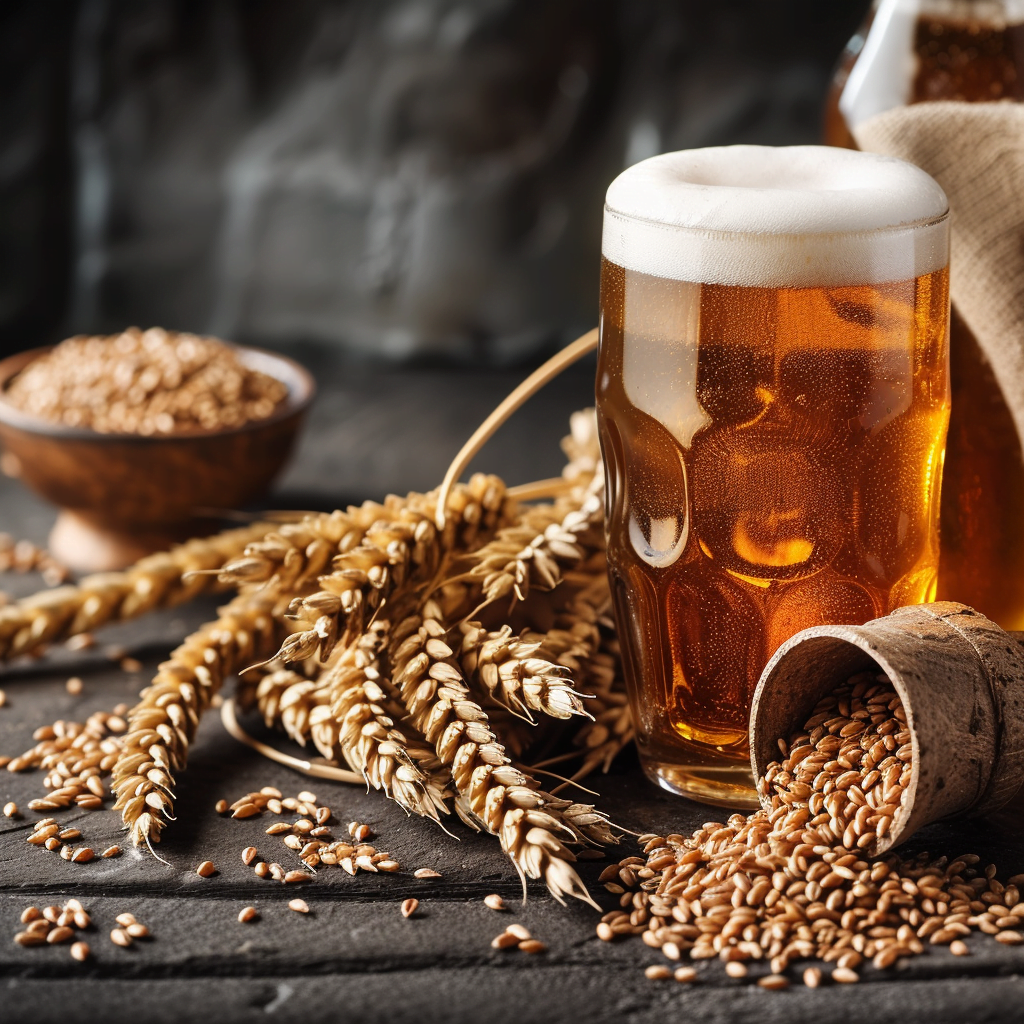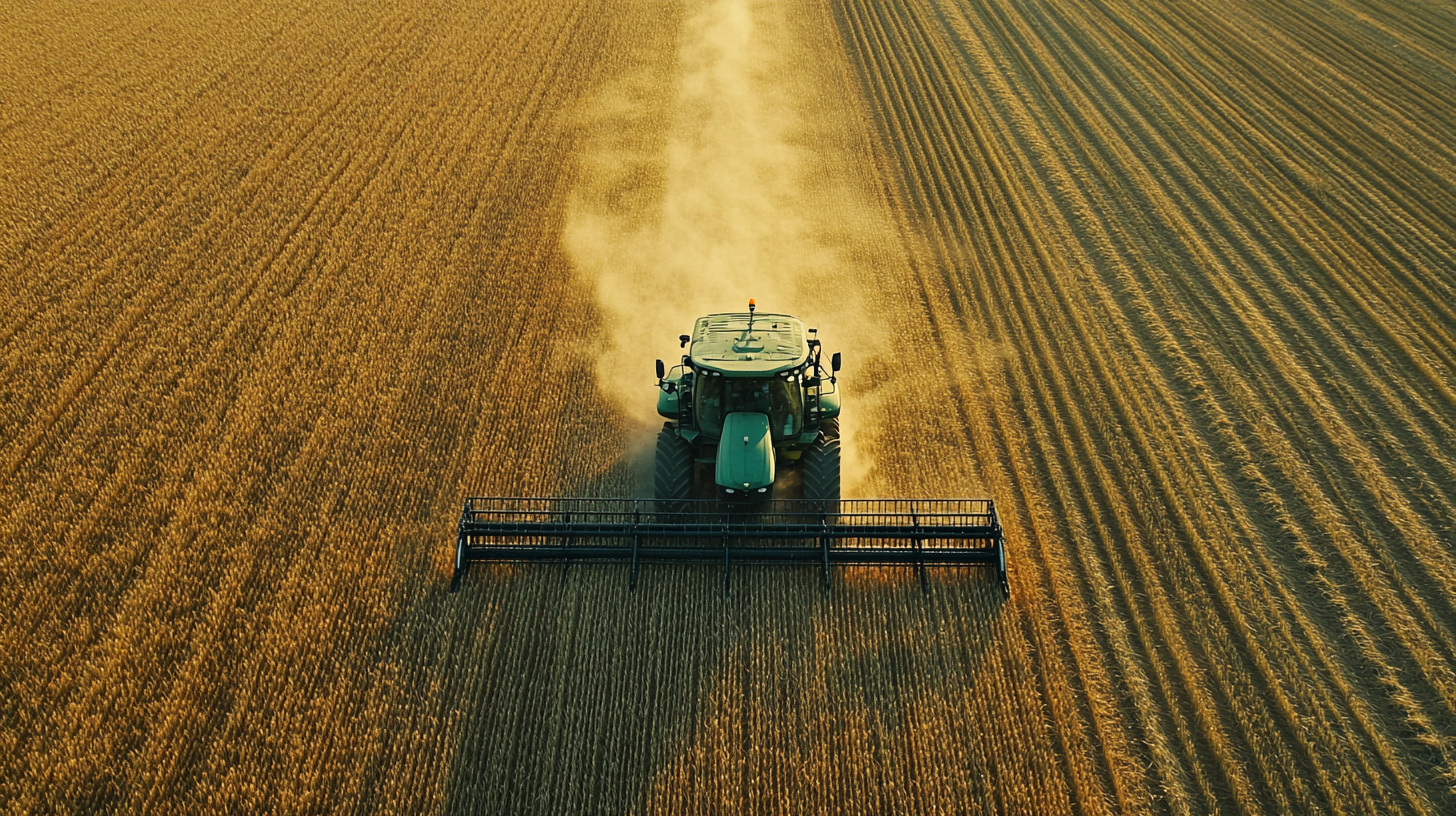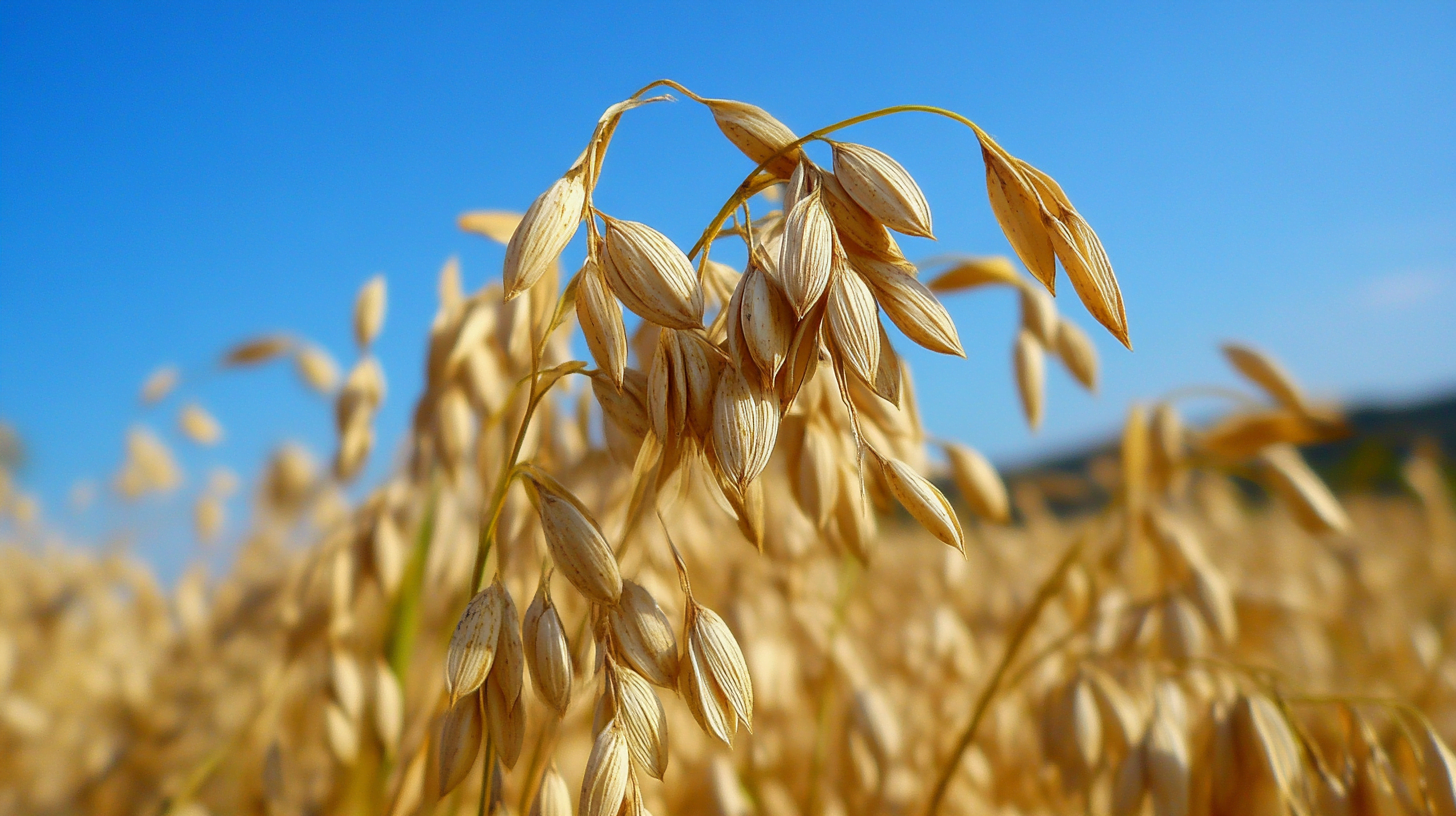Table of Contents
Rye bread is a beloved staple in many cuisines around the world. But where does all the rye come from to make this distinctive bread? Which country produces the most rye?… As it turns out, there is one special country that dominates worldwide rye production.
An Overview of Leading Rye Producers
Several northern climate countries are major producers of rye grain. Here are some of the top rye growing nations:
- Russia – With its long history of rye farming and ample land area suitable for rye cultivation, Russia consistently produces around 10 million tonnes of rye per year. This makes it by far the largest producer of rye in the world. Russia dedicates over 5 million hectares to rye production annually.
- Poland – Polish cuisine is renowned for its delicious rye breads. Poland produces around 5 million tonnes of rye annually. Rye farming in Poland benefits from generational expertise passed down among Polish farmers. Rye has been cultivated in Poland since at least 1000 BC.
- Germany – As another country with a strong tradition of rye bread baking, Germany produces about 4 million tonnes of rye each year. Germans are one of the top consumers of rye bread in Europe, with an estimated 60% eating rye bread daily.
- Belarus – This northern country has high rye crop yields and contributes about 1.5 million tonnes to global rye production. Rye occupies about 13% of all cropland in Belarus. The country has invested in modern agricultural technology like GPS-guided seeding equipment to boost yields.
- Canada – As a major wheat grower, Canada also produces substantial amounts of rye – around 1 million tonnes per year. Canadian rye production is concentrated in Manitoba, Saskatchewan, Alberta and Ontario where the climate is most favorable.
Other notable rye producers include Ukraine, Denmark, Estonia, Latvia, and Argentina, each yielding between 100,000 to 500,000 tonnes annually. However, on the global scale, Russia, Poland, Germany, Belarus and Canada make up the majority of production.
Why These Cool Climates Are Ideal for Rye Farming
Several key factors enable the top rye producing countries to achieve high yields:
Climate
- Rye thrives in cooler northern climates with adequate rainfall. It can tolerate more severe cold than other cereal crops.
- Hot weather can damage yields and cause seed shedding. Rye grows best in areas with cool spring weather right when the plants begin maturing.
- regions with very harsh winters see reduced survival rates for rye plantings
- Northern Europe, Russia, Canada, and Belarus provide overall favorable climates for rye compared to warmer regions further south.
Soil
- Sandy loam or clay soils provide good drainage for rye. Excessive moisture is detrimental.
- Rich fertile soil leads to extensive foliage growth instead of seed production
- Rye can do well in poor soils where other grains fail, but highest yields come in sandier soils.
- Russia in particular has large swaths of lighter sandy soils suited for rye
Agricultural Expertise
- Centuries of experience growing rye allows for more efficient cultivation practices.
- Traditional farming communities in Russia, Germany and Poland have preserved generational wisdom on rye.
- Older farmers guide younger generations, passing on best techniques for sowing, fertilizing, harvesting etc.
- Research institutions in top rye countries continue optimizing farming methods.
Infrastructure
- Existing equipment, storage facilities, and supply chains enable large scale rye farming.
- Investments in irrigation, tractors, harvesters, and grain elevators benefit rye farming.
- Local rail networks transport rye efficiently from remote rural farmlands.
- Strategic stockpiling retains surplus rye for future use.
Government Agriculture Policies
- Subsidies and incentives in some countries support domestic rye production.
- Russia has historically provided subsidies, loans and tax breaks favoring rye growers.
- EU countries implement quotas and crop rotation programs benefiting rye farming.
- Tariffs on imported rye can help stabilize domestic prices.
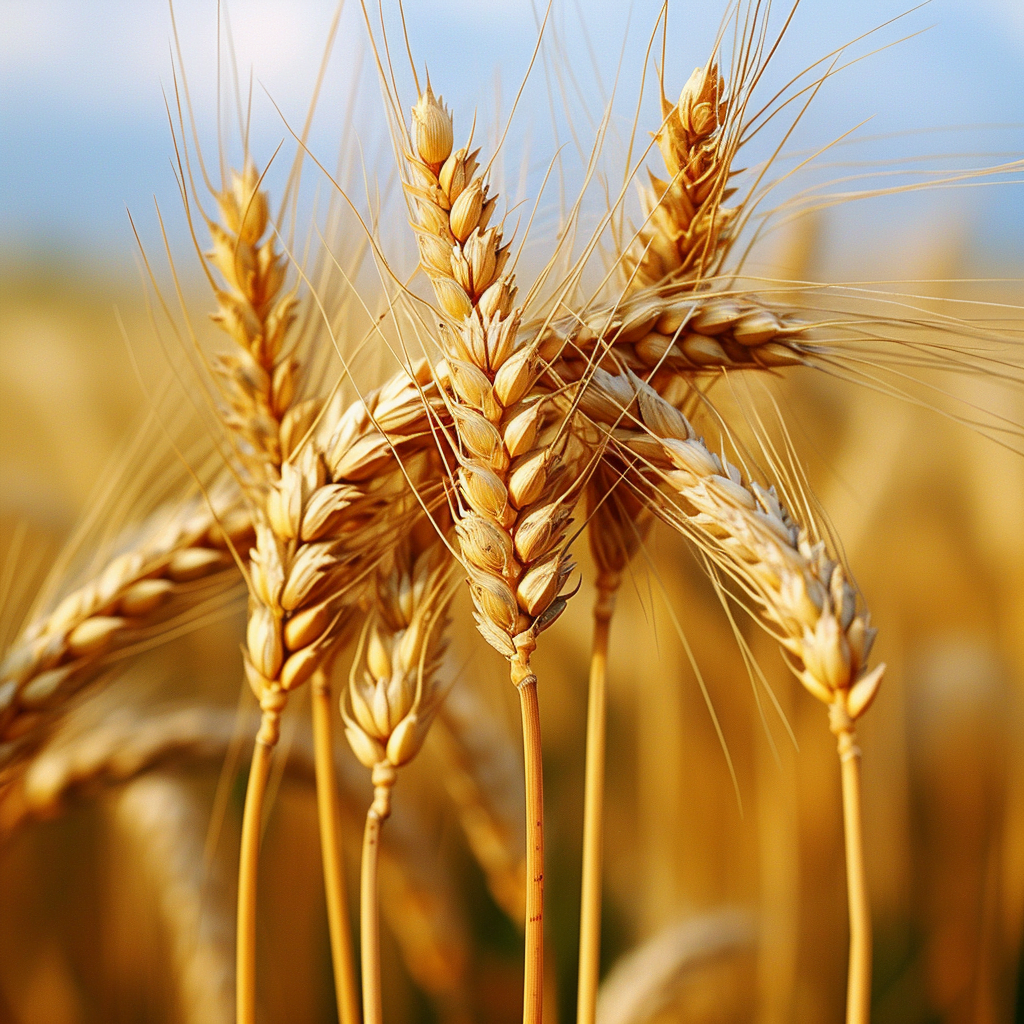
How Rye Is Used After Harvest
Once produced, rye grain serves several key uses:
Food
- Rye flour is essential for traditional breads like rye, pumpernickel, and sourdough. The hearty flavor pairs well with corned beef, pastrami and sausage.
- Rye is also used in crispbreads, crackers, porridge, whiskey and beer. Distilling rye creates unique dark spirits.
- In Nordic countries, rye malt adds flavor and color to beers. Germany produces a tart rye ale called Roggenbier.
- Caraway, fennel, or anise seeds are often blended into rye bread recipes, enhancing the distinctive rye taste.
Livestock Feed
- Leftover rye bran and other byproducts provide animal feed. The biomass is fed to cattle and pigs.
- Livestock producers mix rye with other grains like barley to balance protein content in feeds.
- Rye harvested for hay is valuable for livestock nutrition in winter months.
Thatched Roofs
- Rye straw can be used for decorative and insulating roof thatching. When bundled together, the hollow rye stems are water resistant.
- In northern Europe, rye thatching helps insulate homes against harsh winters.
- Thatching requires long, straight rye straw, which is harvested by hand instead of by combine.
Limited Alternative Uses
- Rye has not gained as much use as other cereal grains outside of food and feed. Oats are used in cosmetics, corn for fuel ethanol, wheat for industrial products.
- Rye straw can be pulped for paper, but the short fibrous straw results in low paper quality. Other crops work better.
- Rye grain and straw generally decompose too rapidly to provide effective biodegradable packaging. Limited potential for commercial use compared to materials like hemp.
And the Top Rye Producer Is…Russia!
Taking into account total production tonnage, Russia is the undisputed leader in global rye output:
Vast Geographical Area
- Russia’s vast size spanning over 6.5 million square miles means more total land area that can be used for rye cultivation.
- Even subtracting Siberia and other unsuitable regions, Russia’s arable land available for rye farming dwarfs competing producers.
- Russia’s total hectares dedicated to rye is estimated to exceed the total land area of producing countries like Germany.
Long History of Rye Farming
- Russia has a centuries-long tradition of rye cultivation going back to the 9th century AD.
- Russian peasants relied on hardy rye as a staple food to survive harsh conditions. Rye farming became entwined with culture.
- Generations of expertise,along with research institutions like the Nemchinov Rye Research Institute, bolster production yields.
Ideal Growing Conditions
- Russia’s cool climate and northern latitudes provides excellent conditions for rye compared to warmer countries further south.
- Varied microclimates across Russia’s expansive terrain offers suitable rye growing areas from the Baltic to Siberia.
- Black soil regions like the Chernozem Belt boast some of the world’s most fertile land, benefiting rye yields.
Supportive Agriculture Policies
- Historically, the USSR instituted export controls, production quotas, and subsidies benefitting rye as a strategic crop.
- Currently Russia provides subsidies, favorable loans, tax incentives, and price controls to aid domestic rye farming.
- Restrictions on imported crops like wheat somewhat shelter the domestic rye market.
Why Russia Produces Over Twice as Much Rye as Any Other Country
The combination of advantageous geography, expertise, climate and policy makes Russia the runaway leader in global rye production:
- Russia produces over 10 million metric tonnes of rye annually based on latest UN Food and Agriculture Organization data.
- The next closest producer is Poland at around 5 million metric tonnes – less than half Russia’s output.
- Russia’s rye exports frequently exceed 4 million tonnes, more than most other countries even produce.
- Average rye yields in Russia can reach nearly 3 tonnes per hectare. Other major producers achieve closer to 2 tonnes per hectare.
- Russia harvests rye from over 5 million hectares annually. The entire land area of a country like Belgium is only around 3 million hectares.
Simply put, the scale of Russia’s rye sector is in a league of its own globally. Under current conditions, no other country comes close to matching Russia’s rye production capacity.
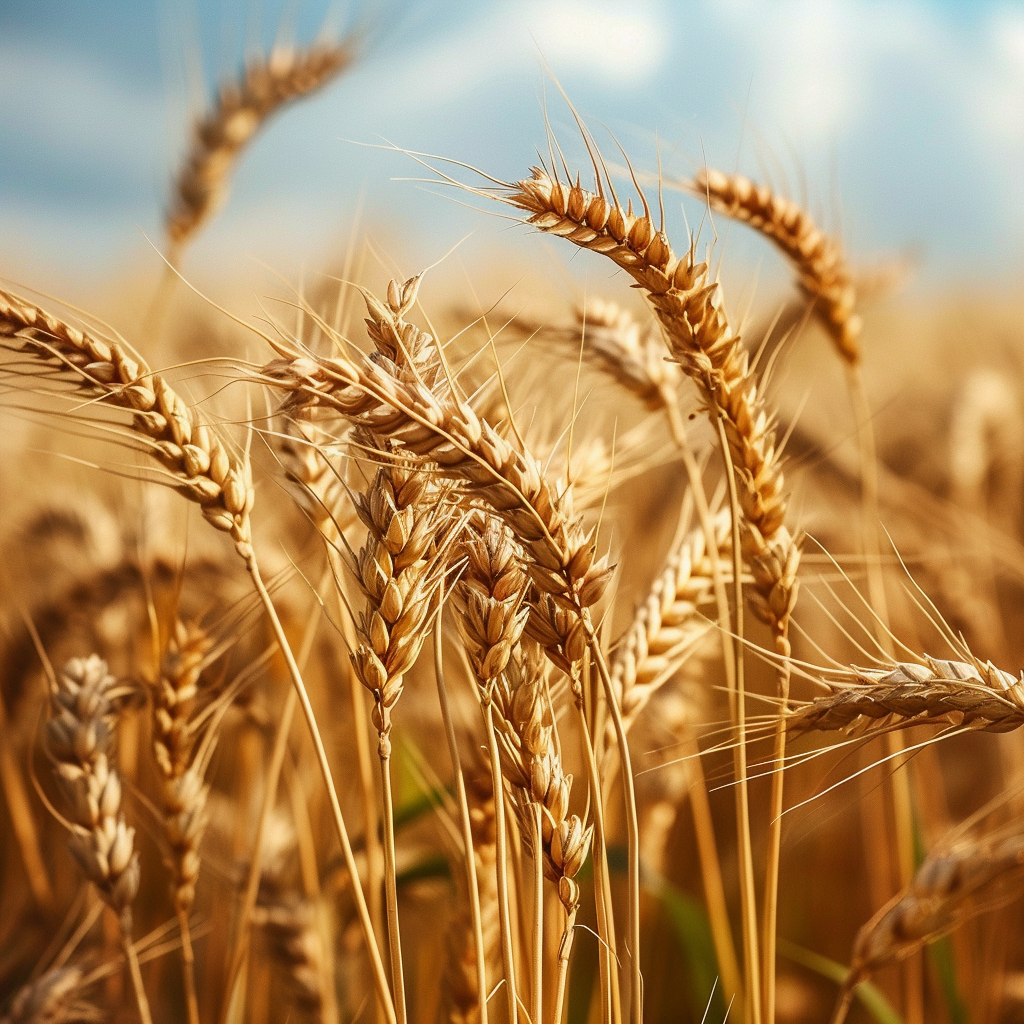
Challenges Facing the World’s Top Rye Producer
However, Russia also faces challenges in sustaining its rye farming supremacy:
- Climate change – Rising temperatures may reduce areas suitable for optimal rye cultivation over time.
- Grain invasion – Rye can be overtaken by more profitable wheat crops and weeds like quackgrass on fields.
- Labor shortages – An aging farm population and migration to cities makes farming labor scarcer.
- Limited innovation – Underinvestment in developing new rye varieties and farming techniques compared to other grains.
- Inconsistent policies – Shifting political winds bring fluctuations in grains policies and support for domestic producers.
- Climate variability – Extreme weather events like drought and harsh winters bring unpredictable yield impacts.
- Global competition – Emerging rye producers like Argentina with lower costs threaten Russia’s export market share.
To maintain its rye dominance, Russia will need to cultivate innovative new production strategies.
The Future of the World’s Rye Supply
Looking ahead, a few key factors will shape the global rye farming landscape:
- Diet trends – Demand could rise if health-conscious consumers turn to rye’s nutritional benefits. Or diets moving away from breads could reduce demand.
- Climate impacts – Northern producer nations may benefit from warmer average temperatures. But extreme weather events could also disrupt yields.
- Biofuels – Rye could potentially supplement corn and other grains for ethanol production, increasing demand.
- Agricultural technology – Automation, AI-guided farming techniques, and new crop varieties may enhance productivity.
- Carbon-efficient agriculture – More sustainable methods like no-till cultivation could improve rye’s eco-friendly appeal.
- Food security concerns – Governments may take a renewed interest in strategic rye reserves after supply chain crises.
While too early to say if any country can dethrone Russia as top rye grower soon, global pressures could catalyze production shifts in coming decades.
Top Rye Consuming Nations
With Russia supplying much of the world’s rye, which countries consume the most rye and rye products?
Germany – Rye bread remains a traditional staple. Germans are estimated to consume up to 65 pounds of rye-based foods per person annually.
Poland – Rye bread called żytni chleb is widely eaten, especially in sandwiches. Rye flour can account for 20% of Poland’s total grain consumption.
Finland – Finns are one of the top consumers of rye per capita. Rye bread features in local open-faced sandwiches.
Russia – While less today than historically, Russians still consume significant rye in breads, porridges, and distilled spirits.
United States – Americans consume an estimated average of 1 pound of rye products per person each year. Limited compared to top European consumers.
Belarus and Sweden – Also have high rye consumption traditions. Rye bread is considered an important national food in both countries.
While northern and eastern European nations unsurprisingly lead in rye eating, even countries with minimal rye farming play a role in global demand. For instance, rye bread in the form of pumpernickel has popularity in Denmark, while turkey, beef and rye sandwiches are staples in New York City Jewish delis.
Notable Rye Dishes Around the World
Rye’s importance globally is reflected in its presence in beloved traditional dishes:
- Reuben sandwich (United States) – Stacked with corned beef, Swiss cheese, sauerkraut, and Russian dressing between slices of grilled rye bread. An American classic!
- Rye crispbread (Finland) – Paper-thin, crunchy unleavened bread like ruisleipä is served with most meals in Finland.
- Rye bread (Germany) – From hearty whole loaves like vollkornbrot to seeded voulkornbrot, German rye breads have regional varieties.
- Rženka (Slovakia) – A sweet rye and wheat Easter bread decorated with braids. Rženka is considered an important cultural food.
- Žganci (Slovenia) – A porridge blending rye flour, milk, butter and spices. Also found under similar names like žģimbas in Latvia.
- Rye whisky (Finland) – Distilled rye like Finlandia vodka provides the base for unique whiskies produced across Nordic countries.
Rye’s ability to add distinctive flavor even complements dishes as widespread as pastrami on rye sandwiches found in American delis, rye flour chapatis in Pakistan, or rye chicken broth in Korean cuisine.
Health Benefits of Rye Consumption
Beyond taste, rye provides potential nutritional benefits driving increased interest in rye foods:
- High dietary fiber – Rye is rich in fiber which promotes healthy digestion and cholesterol levels.
- Antioxidants like lignans – These can reduce inflammation and cellular damage.
- Slower starch and sugar absorption – This results in more stable blood sugar levels.
- Vitamins and minerals like iron, zinc, magnesium, and B vitamins.
- Appetite control – Rye foods can provide lasting fullness compared to wheat.
However, rye can cause issues for those with celiac disease or gluten intolerance. Still, research on components like rye bran shows unique health potential that may further expand demand.
In Summary
Russia stands unmatched in its rye production capacity, leveraging its massive geography, ideal growing conditions, and long expertise cultivating this hardy cereal grain. Rye farming and consumption remains essential to traditional cuisines across northern and eastern Europe. However, the future worldwide supply and demand balance could shift over time with factors like climate change, diet trends, and new production technologies. Still, Russia is poised to dominate global rye supply for the foreseeable future given its entrenched production advantages. For any country to overcome Russia’s rye supremacy would be a monumental challenge.
